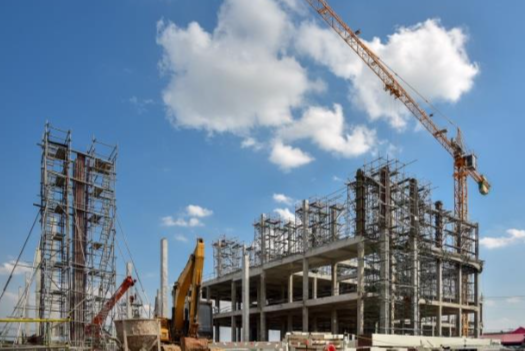Subvention scheme ban
Subvention scheme ban

By Evente Clinic
Subvention scheme or the term ‘subvention’ is derived from the Latin word ‘subvent’ that stands for ‘to help’. In the Indian real estate market, it was introduced to provide help to the homebuyers who want to safeguard their interests while investing in properties which are under construction.
According to previous rules, the banks were disbursing the whole property upfront to the builder in one go. This left the buyers’ dreams in a lurch when the builders’ failed to deliver the house within the stipulated deadline. So, RBI directives underwent changes and the disbursement was made in parts.
Each disbursement coincided with the completion of a construction stage, pre-decided in the payment terms under the contract. This was the first move. Secondly, buyers were given the facility of subvention scheme, according to which, the buyers would not be paying any EMI till possession.
“Sales had recovered over the past year. Of the total sales, 40% were coming from the new launches of which 50% have been happening through these schemes. We can expect 20-25% of sales to get impacted by the decision.” – Namrata Pandey, Managing Director
How does it work?
The buyer books the property by paying 10%-15% of the property price.
Rest of the amount is paid by the bank in the form of loan given to the buyer.
Builder bears the interest cost of the loan up until the possession granted to the buyer.

The Ban
The National Housing Board advised housing finance companies (HFCs) to refrain from giving loans for under-construction projects which are under any subvention scheme, in view of various complaints of fraud.
It has advised that the disbursal of the loan be linked to the stages of construction. The Reserve Bank of India (RBI) had issued similar advice to scheduled commercial banks in 2013.

The industry is desperate for support from the government in terms of a solution to the liquidity crunch which is leading to bankruptcy for some developers. While fraud in such schemes needs to be controlled, the need for alternative funding options is what resulted in subvention schemes being aggressively positioned.
Now RBI, which is set to become the new regulator for HFCs and NBFCs, seems to have cracked the whip to make it a level-playing field for all. Such schemes were used by developers to sell under- construction properties. In the absence of subvention schemes, the transaction volumes are likely to come down in metro cities. In recent times, the subvention schemes were extended to even ready- to-move properties, wherever unsold real estate inventory was piling up. The new ruling will make a dent on this side of the market as well.
‘NHB’s directive to HFCs to stop giving loans under subvention schemes will impact the cash flows of the homebuyers who will have to bear the burden of equated monthly instalments (EMIs) and monthly rent at the same time.” says Namrata Pandey, MD, Evente Clinic.
She adds, “Sales had recovered over the past year. Of the total sales, 40% were coming from the new launches of which 50% have been happening through these schemes. We can expect 20-25% of sales to get impacted by the decision.”
Opt for schemes where the developer is required to make an upfront payment of the entire interest component to the lender. HFCs like ours insist on such a clause to prevent default. Finally, if the developers renege on their promises, you can seek recourse in RERA. Things are better today thanks to RERA. Such schemes can be useful as long as buyers do their basic homework.
For more information on this please do get in touch with us at Evente Clinic. Please feel free to write to us at support@eventeclinic.com.sg or you can call us at +65 97547616 and we will be more than happy to help. Our mission is to create Real Estate investment awareness amongst investors.



